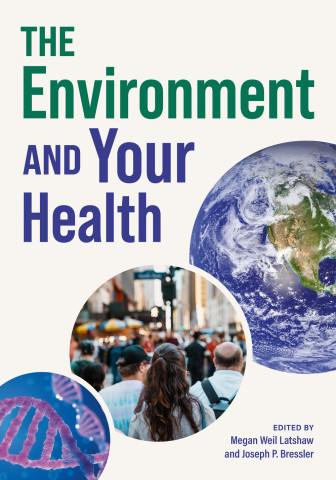
Reviews
This book is an easy yet informed read supported by strong citations. The challenge, as I see it, is to get people to read Davidson's book and act.
In this well-documented and well-written book, Davidson uses the Green New Deal as an integrating framework in addressing the present imperative for using scientific knowledge, social justice, and economic viability in a more organized and directed way. This is a book I will use, have students read, and recommend to others for a sober, well-founded perspective on the interdependent challenges that lie ahead.
Eric Davidson is one of the best 'put it together' scientists I know. In this book, he describes how to bring together scientists, farmers, early adopters of renewable energy, schoolchildren, CEOs, asset managers, and investors, which would incite a sea change in the world. He manages an incredible feat, truly connecting climate with social justice and economics—each in its broadest sense—to create an inclusive plan to manage the Anthropocene.
Eric Davidson probes what may be the most important question of our time: how, in the midst of the climate emergency, do we collectively define a future that is more equitable, enriching, and sustainable? Davidson lays out a pathway that is deeply visionary yet grounded by the analytic mindset of a practicing scientist. Along the way, he shares wisdom he has gleaned from being an astute observer of what kinds of solutions work in the real world, especially a world where we center social justice.
Explaining how a Green New Deal can permeate every aspect of our lives, this book also reveals how we can build a future that ensures such a deal will be the definitive economic plan of our—and future—generations. Using appropriately tailored and researched examples in each chapter, Davidson demonstrates how Green New Deal thinking geared toward transforming our communities, our economy, and our planet is only possible when there is a strong, unified convergence of multiple parties and stakeholders, including scientists, businesses, workers, and marginalized communities. By providing real-life anecdotes from his own life, Davidson also highlights how human thought, ambition, and inspiration is influenced by personal life experiences: that is, the economic conditions, health, and social privilege—or lack thereof—that we grew up with, and the knowledge, information, and role models we have access to.
Book Details
Foreword, by Donald F. Boesch
Preface
Chapter 1. Muddling or Dealing?
Chapter 2. No Tree, No Bee, No Honey, No Money
Chapter 3. Are There Too Few or Too Many People?
Chapter 4. Manure Happens: The
Foreword, by Donald F. Boesch
Preface
Chapter 1. Muddling or Dealing?
Chapter 2. No Tree, No Bee, No Honey, No Money
Chapter 3. Are There Too Few or Too Many People?
Chapter 4. Manure Happens: The Consequences of Feeding Over Seven Billion Human Omnivores
Chapter 5. Climate Change Viewed by a Skeptic at Heart
Chapter 6. The Luddites Had It Half-Right, but the Other Half Could Be Great News
Chapter 7. There's a Great Future in the Circular Economy
Chapter 8. Whither the Academy? A Horse of a Different Color?
Chapter 9. "And So, I'm Going to Work Tomorrow"
Acknowledgments
Notes
Index






